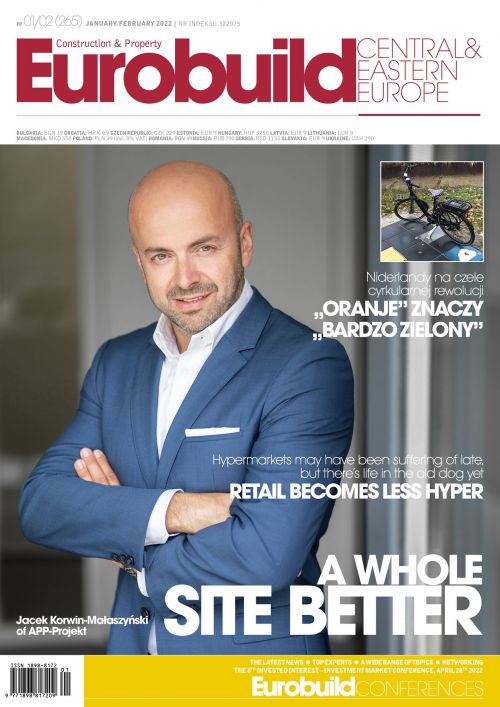The global demand for raw materials, including food, electrical goods and clothes, continues to grow at a worrying pace – and building materials are no exception. The Dutch government, therefore, has been working with the real estate sector to find smarter and more efficient ways of using raw materials. So ‘Eurobuild’ decided to take a look at a few prime examples of such projects that have already successfully come into use in Amsterdam, Utrecht and Rotterdam, and in the process can serve as an inspiration for other countries.
A court made of Lego bricks
Over the next few months, the dismantled building of the Temporary Courthouse in Amsterdam is to be completely reassembled in the Kennispark Twente business and science complex in Enschede on the border with Germany, 150 km from the city. The app. 5.400 sqm building formed part of the temporary courthouse within the Parnascomplex on the city’s Parnassusweg thoroughfare. The courthouse operated here for fi































































